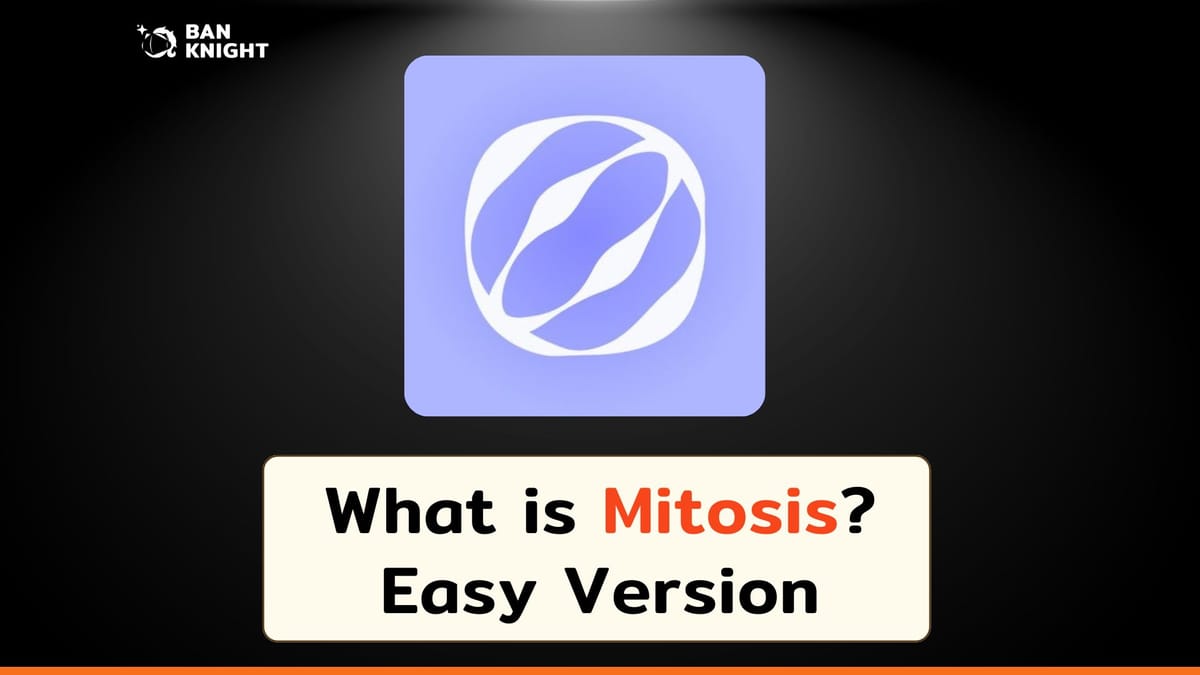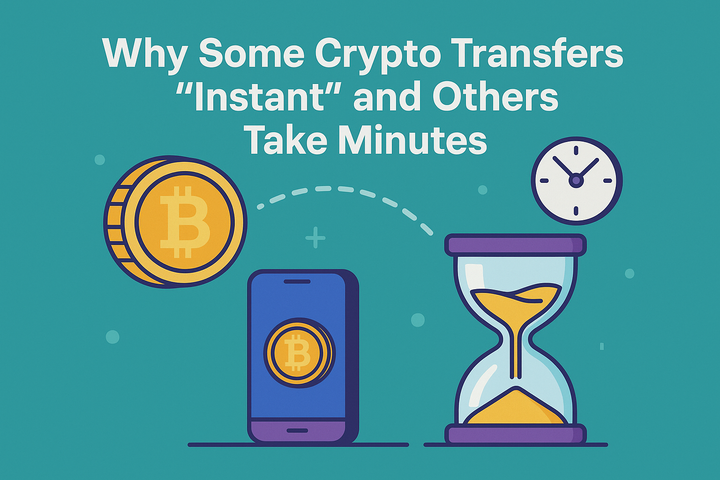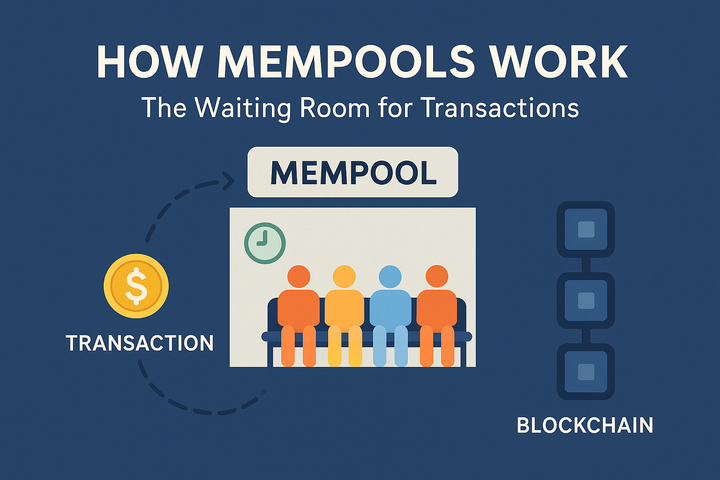Mitosis: A Simplified Overview
Mitosis is a protocol designed to manage and optimize liquidity across different blockchains. It’s especially useful for handling Liquid Restaking Tokens (LRTs) and other DeFi assets that need to be active on multiple chains.

Imagine you have some money and want to deposit it in a bank to earn interest.
But you don't know "which bank offers the best interest rate", and these rates keep changing constantly.
Mitosis is like your "assistant" that automatically distributes your money across multiple banks.
This ensures you always get the highest possible interest rate.
Plus, Mitosis gives you a digital receipt called miAssets for your deposits.
You can use these receipts to borrow or lend money in DeFi, all while your original funds continue earning interest safely in the banks.
How Does Mitosis Work?
Cross-Chain Liquidity Management
- Assets deposited into Mitosis Vaults are automatically allocated across various blockchains to achieve optimal yields.
- Reduces liquidity fragmentation issues caused by having multiple blockchain networks.
Supports Liquid Restaking Tokens (LRTs)
- Mitosis supports LRTs, allowing users to stake assets and earn staking rewards without losing liquidity.
- LRTs can be further used in DeFi applications to enhance profitability.
miAssets (Mitosis Assets)
- Upon depositing assets into Mitosis, users receive miAssets, tokens representing their share of the liquidity pool.
- miAssets can be used in various DeFi applications such as lending, farming, or trading.
Governance-Driven Liquidity Allocation
- Liquidity Providers (LPs) can vote to determine how liquidity should be distributed across different blockchains.
- This enhances decentralization and improves liquidity management efficiency.
Key Features
Conclusion
Mitosis is a protocol designed to manage and optimize Cross-Chain Liquidity , particularly for Liquid Restaking Tokens (LRTs) and DeFi assets that need to be active across multiple blockchain networks simultaneously.
Its key feature is allowing users to deposit assets in one place, which are then automatically and efficiently utilized across multiple chains through a concept called Programmable Liquidity.



Comments ()